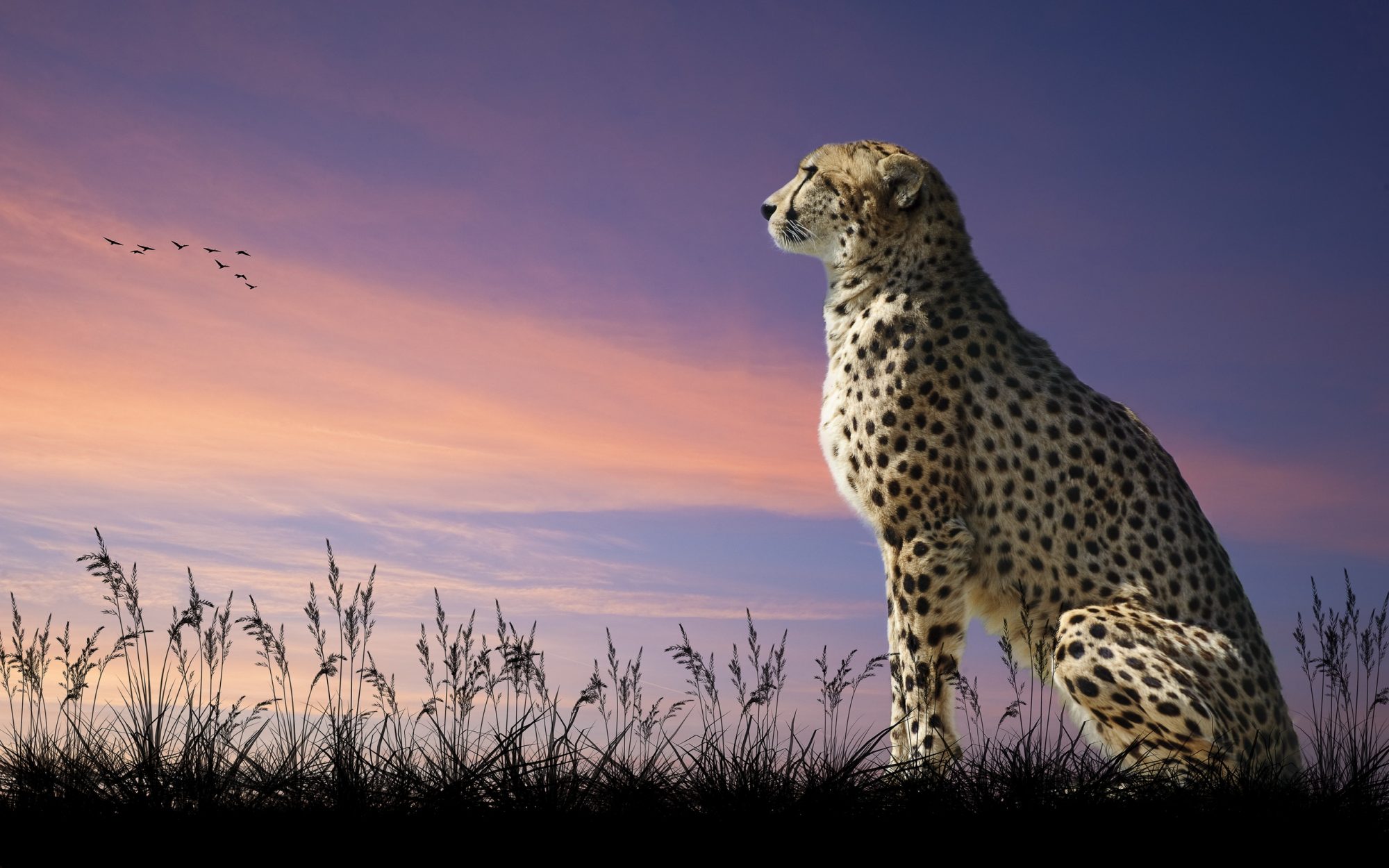Sensory enrichment can encompass any of the five senses, sight, sound, tactile, smell and taste. The most common form of sensory enrichment used is olfactory enrichment, which utilizes sense of smell to provide stimulation for the animal.
The goal of this is to encourage display of natural behaviors while minimizing boredom in the captive enclosure.
Problems:
Scent is not the primary sense used by felids to locate prey; however, odors can have psychological effects on animals and are important cues used to identify conspecfics and to maintain territories (Ewer, 1973; Rich and Hurst, 1998).
Solutions:
- Adding scent treatment into the enclosure can serve as a continuous stimuli that promotes natural behaviors. Skibiet et al. (2007) have tested the effect of scent treatment by sprinkling 30 ml of cinnamon, chili powder, and cumin on the ground, rocks, and logs of the enclosure. Over the experimental period, the authors have observed a significant decrease in stereotypic pacing when spices were added to the enclosures. Their findings suggest that novel scent presented in the enclosure may serve as a continuous psychological stimuli.

- Enclosure rotation is another enrichment methods that can accurately assemble the natural environment, where other species are present and animals have interconnected home rages and pathways (Coe, 2004). This can allow various environmental stimuli to be encountered, such as physical variation and the scents of other animals (White et al., 2003). White et al. (2003) conducted a study on comparing the behavior of a tiger rotated through four exhibits (orangutans, Malayan tapirs, siamangs and babirusa) to a tiger that is housed in a solitary exhibit. Their findings revealed that enclosure rotation can lead to an increase in active behaviors and species-typical behaviors.
